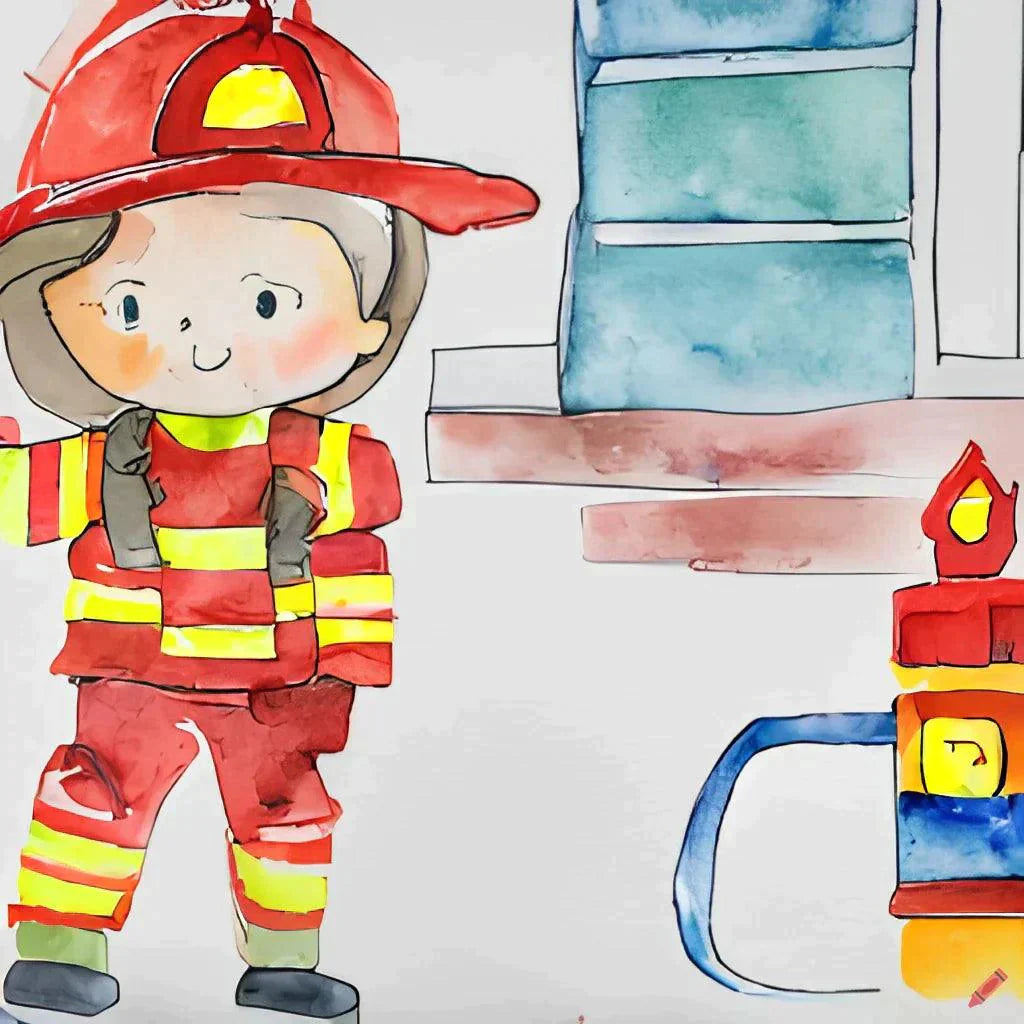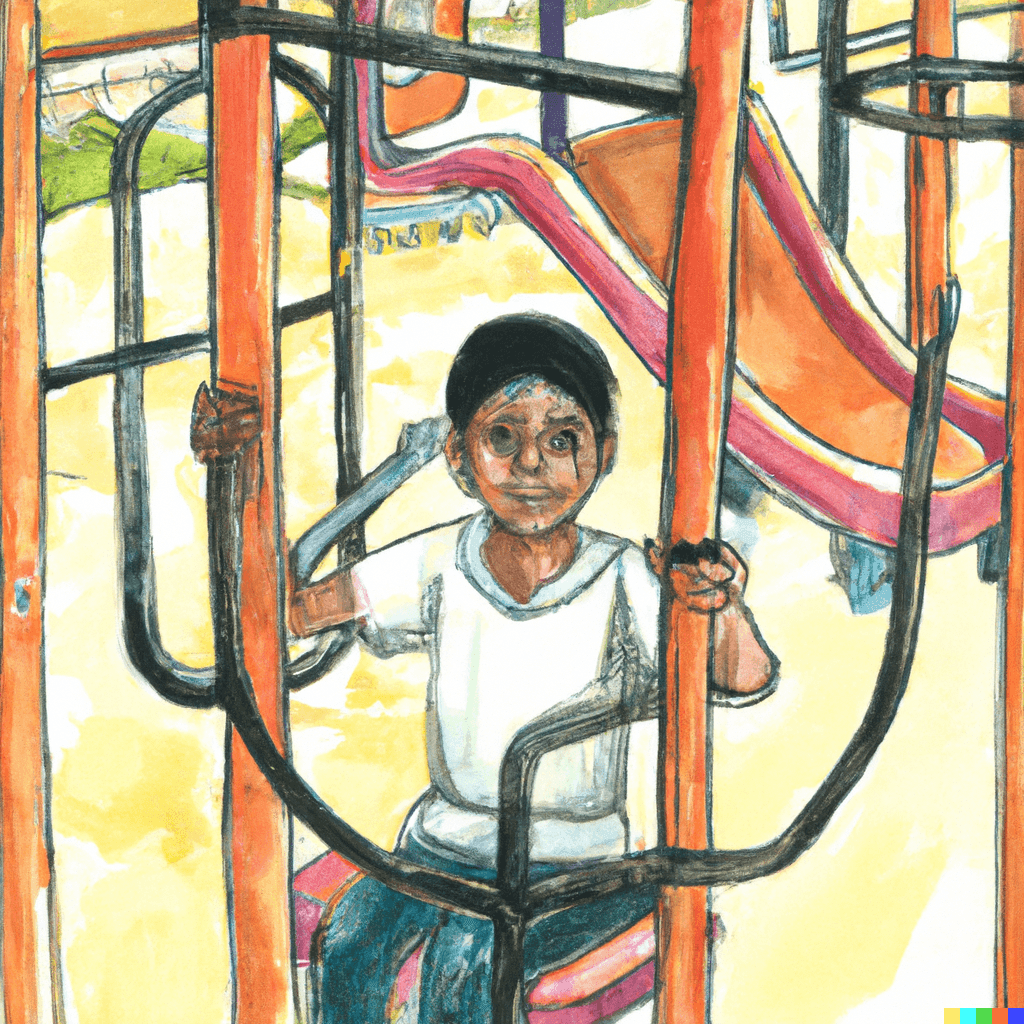While airbags are meant to protect adults from harm in a car crash, they can’t protect children sitting in the front seat.
As a result, the American Academy of Pediatrics (AAP) recommends that all children ages 13 and under buckle up in the back seat for safety.
Some exceptions to this exist. For example, if an adolescent over age 13 is small for their age, it’s not recommended they sit in the front.
Here’s what you need to know about children riding in the car, as well as car seat safety tips by age.
Dangers of riding in the front seat for young children:
Car manufacturers typically design airbags to protect an adult who’s at least 5 feet tall and roughly 150 pounds. Even if a child is wearing a seat belt correctly when riding in the front seat, they’re more likely to sustain injuries from a passenger airbag than an adult.
This is because an airbag deploys rapidly, within 1/20th of a second. At this fast rate, an airbag can deploy at a speed of 200 miles per hour. This delivers a significant amount of force to a younger, lighter child.
Children who sit in the front seat before they’re larger in size are at risk for head injuries due to the impact of the airbag or the airbag’s ability to lift them off the seat and hit the top of the car.
After they graduate from a car seat, the safest place for young people to sit is the middle of the back seat, as long as there’s a seat belt (lap and shoulder belts) to use in that position.
When a child is 13 years old and wants to ride in the front seat, parents can further protect them from injury by taking the following steps:
- Move the front seat as far back as it can go and away from where the airbag would deploy. Most crashes affect the front of a car, making this position the least likely to take impact.
- Always require your child to wear a seat belt.
- Have your child wear their seat belt properly with their back against the seat so they’re further from the dashboard. The seat belt should go across the upper chest, not the neck. A lap belt should lay across the lap, not on the stomach.
Even if a 13-year-old weighs more than 150 pounds, they may still need to use a booster seat if they’re under 4 feet, 9 inches tall. A seat belt may not fit properly at this height.
Some states have laws regarding when a child can sit in the front seat. Police officers can write tickets to parents and caregivers who aren’t obeying the law.
Life stages and car seat safety:
Birth to age 2
Children should ride in a rear-facing car seat for as long as possible, usually until they’re at least 2 or until they reach the upper weight limit, which is 40 pounds or more.
This type of car seat cushions a child’s delicate neck and spinal cord. If you start with an infant carrier, change to a convertible car seat when they outgrow it, but leave the car seat rear-facing.
Ages 2 to 8 (or older)
Children should ride in a forward-facing seat for as long as possible until they reach the upper height or weight limit of their seat.
This car seat protects against forward movement should a crash occur. The seat should have the weight and height limits listed. Usually, the maximum weight limit is between 40 and 65 pounds.
Ages 8 to 12
When a child has outgrown the weight and height limits for a forward-facing seat, they’ll need a belt-positioning booster seat.
This helps a child sit at the safest angle and height to prevent injuries in a car accident.
Children will usually stay in this booster seat until they’re over 4 feet, 9 inches tall. This booster seat ensures the seat belt fits over the strongest parts of a child’s body so they’re less likely to be injured in a crash.
Children older than 13
While teenagers can ride in the front seat, they should always wear their seat belts.
At each stage, a car seat or booster is intended to position a child at the safest and most secure angle to protect them against impact and car accidents.
The National Highway Traffic Safety Administration estimates the lives of 248 children under 5 years old were saved by car seats in 2015.
The bottom line:
SOURCE: Healthline









